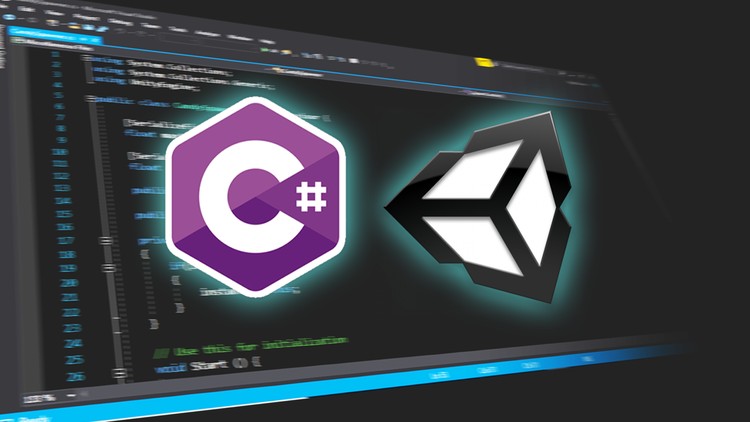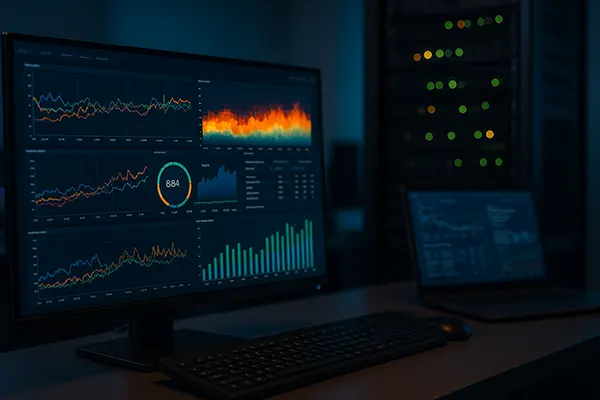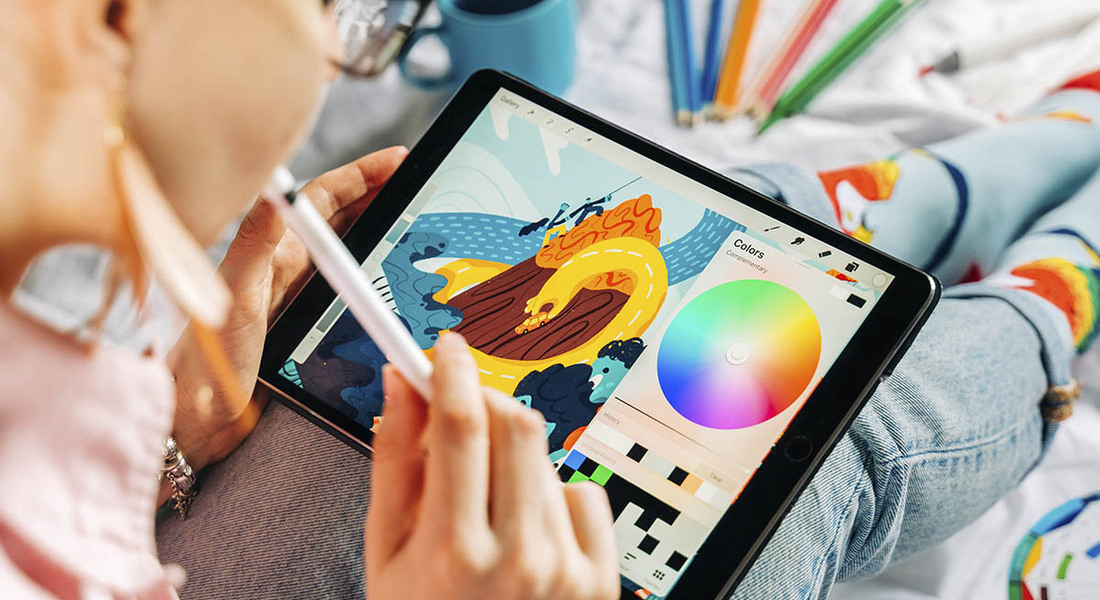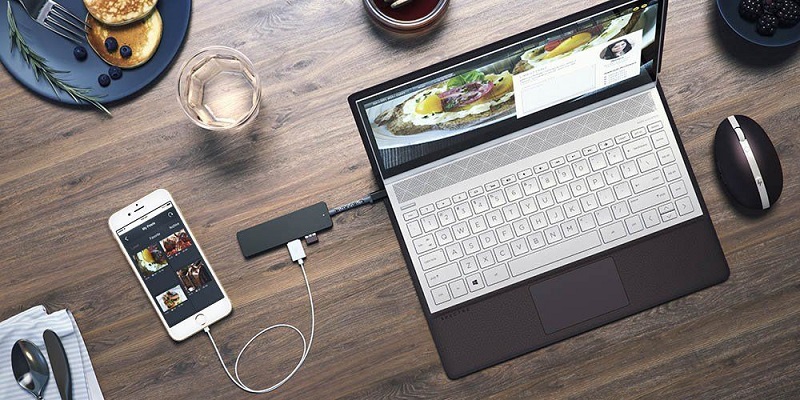
PC and Mobile Connection Technology Review
In today’s interconnected world, the ability to seamlessly connect PCs and mobile devices has become essential. This technology has evolved significantly, enabling users to sync data, share resources, and enhance productivity. In this article, we will explore the origins and development of PC and mobile connection technology, its operational mechanisms, the benefits it provides, and the software solutions that facilitate these connections.
Origins and Development of PC and Mobile Connection Technology
The concept of connecting PCs and mobile devices dates back to the early 1990s with the advent of infrared (IR) communication technology. Initially, IR allowed basic file transfers between devices within a short range. This technology was groundbreaking at the time, offering a glimpse into the potential of wireless connectivity.
However, the real revolution began in the early 2000s with the introduction of Bluetooth technology. Developed by Ericsson, Bluetooth enabled devices to connect wirelessly over short distances, facilitating not just file transfers but also peripheral connections such as keyboards, mice, and headphones. As smartphones became more prevalent, the need for robust connection technologies grew, leading to the development of Wi-Fi Direct and USB OTG (On-The-Go). These advancements have paved the way for the seamless integration we experience today.
How PC and Mobile Connection Technology Works
PC and mobile connection technologies operate using a variety of methods, each suited to different needs and scenarios. Bluetooth, for instance, uses radio waves in the 2.4 GHz band to establish a secure and short-range connection between devices. This technology supports various profiles such as A2DP for audio streaming and HID for peripheral connectivity.
Wi-Fi Direct, on the other hand, enables devices to connect directly to each other without the need for a wireless router. This peer-to-peer connection uses the same underlying technology as standard Wi-Fi, offering high-speed data transfers and the ability to handle more complex interactions like screen mirroring and multiplayer gaming. USB OTG allows mobile devices to act as a host for peripherals, enabling functionalities like external storage access and direct printer connections.
Benefits and Applications of PC and Mobile Connection Technology
The primary advantage of these technologies is the enhanced productivity and convenience they offer. Users can effortlessly share files, sync data, and extend their device capabilities without cumbersome cables. This connectivity is vital for business environments where quick data access and resource sharing can significantly impact efficiency. Additionally, these technologies are crucial for remote work setups, allowing users to maintain their workflow across multiple devices seamlessly.
Software Solutions for PC and Mobile Connection
Several software solutions facilitate the connection between PCs and mobile devices. Microsoft’s Your Phone app is a prime example, allowing users to sync their Android devices with Windows PCs. This app provides functionalities such as accessing photos, sending texts, and even mirroring the phone screen directly on the PC.
Another notable solution is AirDroid, which offers comprehensive device management features. Users can transfer files, view notifications, and control their mobile devices from their PC. The app supports both Android and iOS, making it a versatile choice for users with different mobile platforms.
For those who prefer cloud-based solutions, Google Drive and Dropbox provide excellent file syncing and sharing capabilities. These platforms allow users to store files in the cloud and access them from any connected device, ensuring data is always available and up-to-date.
Apple’s Continuity features integrate seamlessly with macOS and iOS devices, enabling functionalities such as Handoff, Universal Clipboard, and AirDrop. These features enhance the user experience by allowing tasks to be started on one device and completed on another without any disruption.
PC and mobile connection technology has come a long way from its early days of infrared communication. Today, with advanced technologies like Bluetooth, Wi-Fi Direct, and USB OTG, users enjoy a seamless and efficient experience across their devices. The software solutions available further enhance this connectivity, making it an integral part of modern digital life. As technology continues to evolve, we can expect even more innovative solutions that will further bridge the gap between PCs and mobile devices.
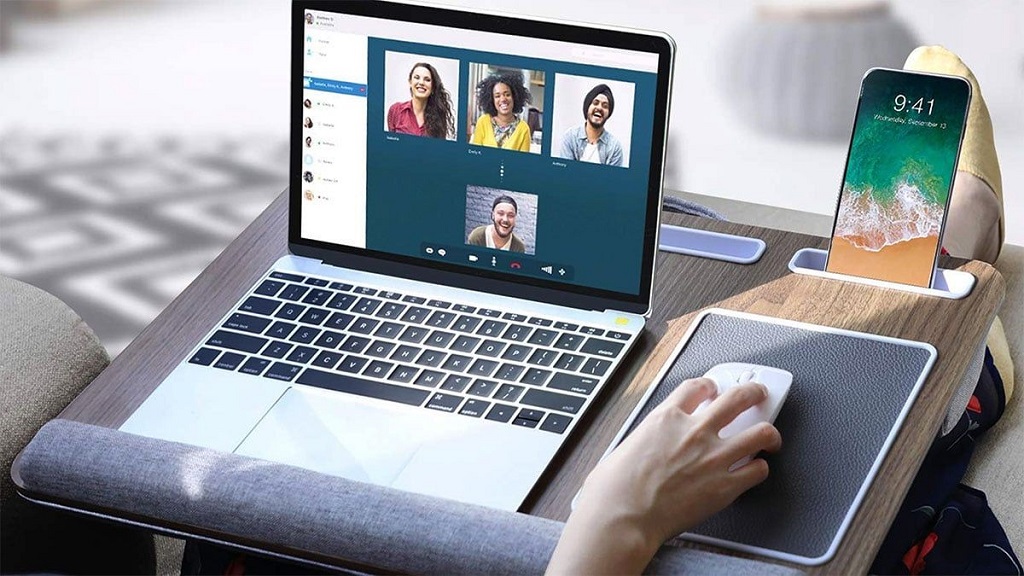
Future Trends and Developments
Looking ahead, the future of PC and mobile connection technology is poised for exciting developments. Emerging technologies like 5G and the Internet of Things (IoT) promise to revolutionize how devices connect and communicate. 5G, with its ultra-fast speeds and low latency, will enable real-time data transfer and remote device control, enhancing applications in various sectors including healthcare, automotive, and smart homes.
The IoT ecosystem is expanding rapidly, with more devices becoming interconnected. This trend will lead to more sophisticated integration between PCs and mobile devices, providing users with a unified and immersive experience. Imagine a world where your mobile device seamlessly interacts with your home appliances, car systems, and workplace equipment, creating a cohesive digital environment.
Security and privacy will continue to be paramount in the development of these technologies. Enhanced encryption protocols and authentication methods will be crucial in ensuring that the data shared between devices remains secure and protected from potential threats.
In conclusion, PC and mobile connection technology has made significant strides in enhancing user productivity and convenience. From the early days of infrared to the advanced solutions available today, the journey has been marked by continuous innovation. As we move forward, the integration of emerging technologies will further redefine the connectivity landscape, offering unprecedented possibilities and opportunities. Staying abreast of these developments is essential for leveraging the full potential of PC and mobile connection technology in both personal and professional settings.



